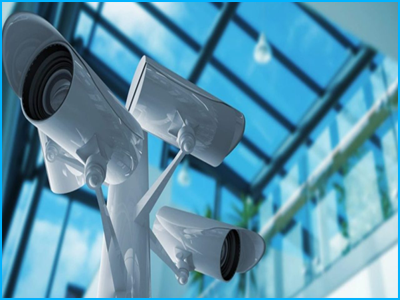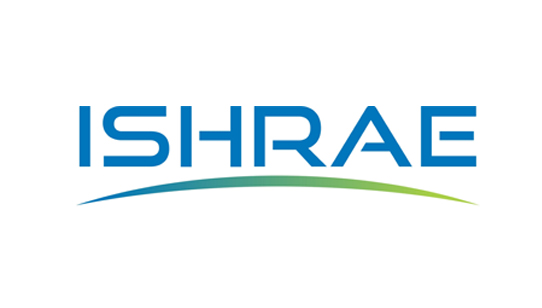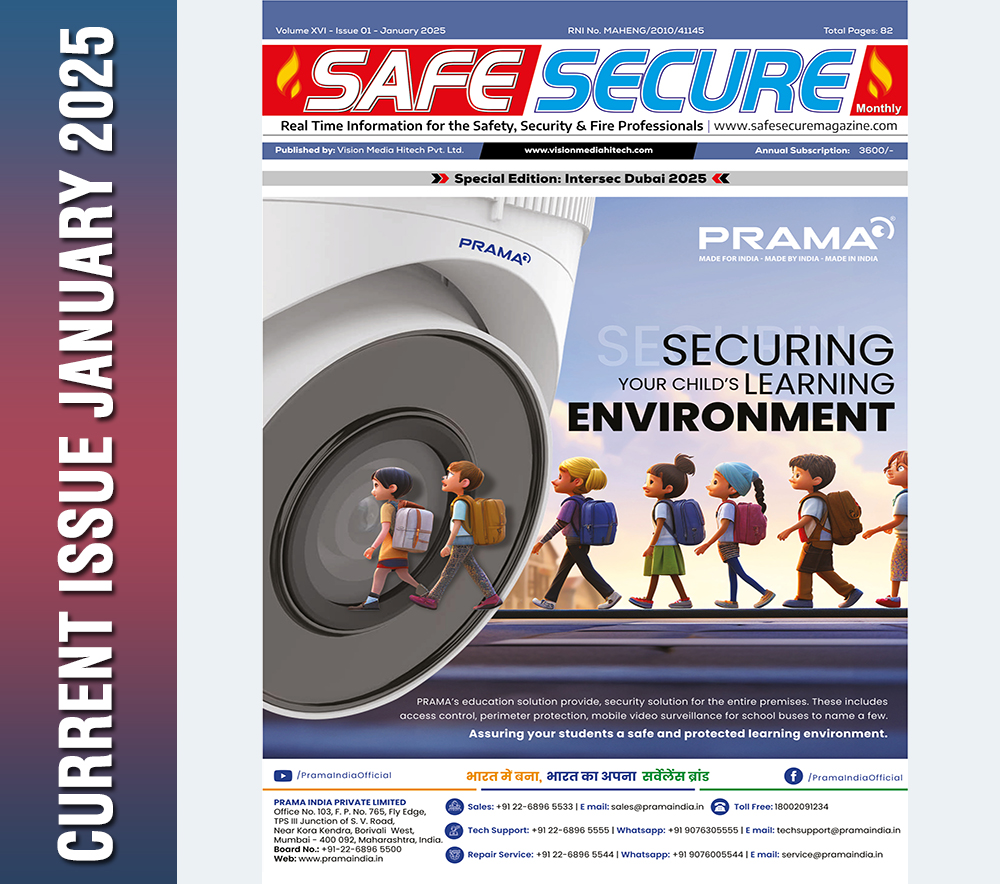Preventing and Fixing Common CCTV Issues for Better Security Monitoring

CCTV issues like power failures, poor image quality, or missing footage can disrupt security. Common solutions include checking connections, adjusting settings, and verifying storage space. Regular maintenance and updates are essential for optimal performance. Troubleshooting problems promptly helps maintain a secure and reliable surveillance system for your property.
CCTV (Closed-Circuit Television) systems play a pivotal role in enhancing security and monitoring environments. Whether it's for a residential property, office building, or commercial space, CCTV ensures a safe and secure environment by providing real-time video surveillance. However, like any technology, CCTV systems can encounter issues that hinder their performance. Troubleshooting these problems can help ensure that your security system continues to function properly and provide you with peace of mind.
This blog will guide you through some of the most common CCTV issues and provide solutions for troubleshooting them.
1. Camera Not Powering On
Issue: One of the most common issues faced by CCTV users is when the camera does not power on. This can occur due to a faulty power supply, damaged cables, or issues with the camera's internal components.
Solutions:
• Check the Power Source: Ensure that the power source, such as the adapter or PoE (Power over Ethernet) switch, is functioning correctly. Try plugging the camera into a different power outlet to eliminate the possibility of a faulty outlet.
• Inspect the Cables: Check the power cables and connectors for visible damage. Loose or broken cables can cause the camera to lose power.
• Test the Camera on Another System: If you have spare cameras or other surveillance systems, test the camera on another system to rule out issues with the camera itself.
• Replace Power Supply: If none of the above work, the power supply may be defective and may need replacement.
2. Poor Image Quality or No Image at All
Issue: Low image quality, such as blurry or distorted images, or no image output at all, can significantly impact the effectiveness of your surveillance system.
Solutions:
• Check the Lens: Ensure the camera lens is clean. Dust, dirt, and other obstructions can degrade image quality. Use a soft cloth to clean the lens gently.
• Verify Camera Resolution Settings: If the image quality is low, check the camera’s resolution settings. Some cameras have adjustable settings that may be set too low.
• Inspect the Video Cable: A faulty or damaged video cable (coaxial or Ethernet) can cause poor image quality or loss of signal. Replace damaged cables or try using different ones.
• Adjust the Camera Settings: Many CCTV systems offer various image settings, such as brightness, contrast, and sharpness. Adjust these settings to improve image quality.
• Test the Monitor: The issue might lie with the monitor or display system rather than the camera. Test the camera on a different monitor to ensure that the problem is not display-related.
3. Camera Flickering or Blinking
Issue: Flickering or blinking images on CCTV cameras are often caused by electrical interference, poor power supply, or camera settings.
Solutions:
• Check for Interference: Electrical interference from nearby devices like fluorescent lights or power cables can cause flickering. Try relocating your cameras or rerouting cables away from potential sources of interference.
• Adjust the Camera Settings: Many cameras allow you to adjust the shutter speed and exposure settings. Try adjusting these settings to see if they help stabilize the image.
• Replace Power Supply or Cable: Faulty power supplies or cables can cause power fluctuations, leading to camera flickering. Test with a different power supply and cables to eliminate this possibility.
4. No Video Output (Black Screen)
Issue: A common problem with CCTV systems is when there is no video output, resulting in a black screen on the monitor. This can occur due to various reasons, including loose cables or system configuration issues.
Solutions:
• Check the Connections: Ensure all cables are securely connected. Loose or disconnected cables can lead to a black screen.
• Verify the DVR/NVR Settings: If you're using a DVR or NVR, check the system's settings to ensure the input channels are configured correctly.
• Check the Monitor/TV Settings: Sometimes, the issue lies with the monitor or TV connected to the CCTV system. Ensure the correct input source is selected.
• Test with a Different Monitor: If the issue persists, try connecting your CCTV system to another monitor to rule out a malfunctioning display.
5. Camera Not Recording or Missing Footage
Issue: If your CCTV system is not recording footage or there is missing footage, it can be a critical issue for security. This problem might arise due to issues with storage, configuration, or settings.
Solutions:
• Check Storage Space: Insufficient storage space on the DVR or NVR can prevent the system from recording. Ensure that the hard drive has adequate space or replace the drive with a higher-capacity one.
• Verify Recording Settings: Check the camera settings and confirm that the recording mode is enabled. Some cameras may be set to motion detection mode, which may not capture footage continuously.
• Examine Scheduled Recording: Ensure that scheduled recording times are set up correctly. Sometimes, scheduled recording settings may be misconfigured, resulting in missed footage.
• Format the Storage Device: If storage is full or corrupt, formatting the device can sometimes resolve the issue. Be sure to back up any important footage before doing so.
6. Remote Access Issues
Issue: In today's connected world, remote access to your CCTV system is vital. However, many users face difficulties when trying to access their CCTV feeds remotely, whether through a mobile app or web interface.
Solutions:
• Check the Internet Connection: Ensure that your internet connection is stable. A slow or intermittent connection can cause issues with remote access.
• Verify Network Settings: If you are using a static IP address, make sure the network settings are correct. Ensure port forwarding is properly configured on your router to allow external access.
• Test the App or Software: If the issue is with the mobile app or software, ensure it is updated to the latest version. Sometimes, bugs or outdated versions of software can affect connectivity.
• Check for Firewall or Security Settings: Firewalls or security settings on your router or device may block remote access. Ensure that necessary ports are open and that your device is not blocking the connection.
7. Infrared Night Vision Not Working
Issue: Many modern CCTV cameras come with infrared (IR) night vision capabilities, but sometimes these features may not work properly, leaving your security footage unusable at night.
Solutions:
• Clean the Infrared LEDs: Dust or dirt on the infrared LEDs can block the light, reducing the effectiveness of the night vision. Clean the IR LEDs gently to restore functionality.
• Check the IR Cut Filter: Some cameras have an IR cut filter that switches off during the day and on during the night. Ensure the IR filter is functioning correctly and is not stuck in the wrong position.
• Adjust the Camera Angle: Make sure the camera is not positioned too close to a light source, as this can disrupt the IR lighting and cause poor night vision performance.
Conclusion
Maintaining and troubleshooting a CCTV system is crucial to ensure that it functions properly and continues to provide the security you need. By understanding common issues such as power problems, poor image quality, camera malfunctions, or missing footage, you can take the necessary steps to resolve them quickly. Regular maintenance, prompt troubleshooting, and periodic system updates can go a long way in extending the life of your security system and ensuring reliable performance.





.png)







